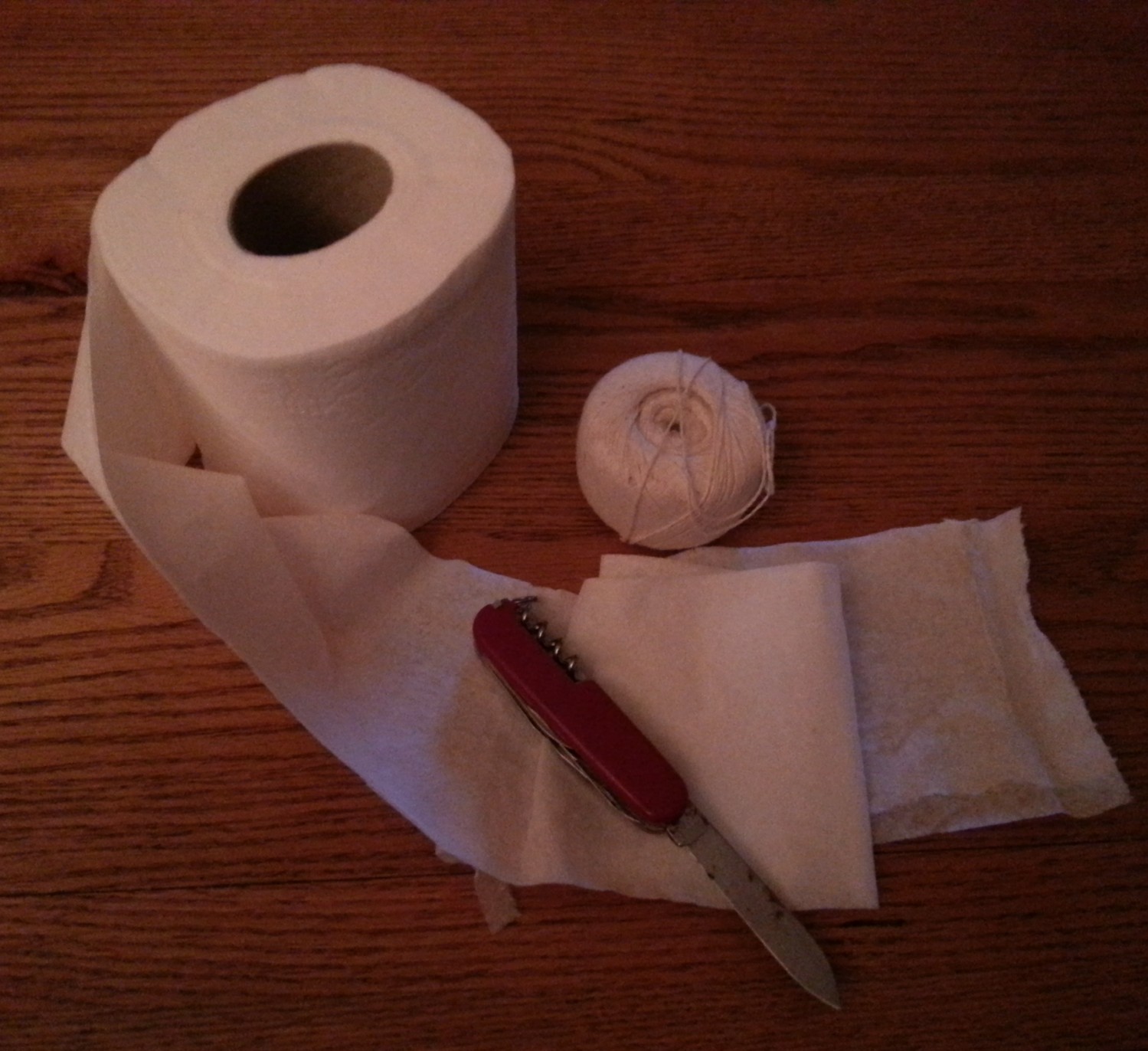Bob was dischuffed not only with Martin, but was quite sceptical of our whole approach to the project. Judith and I were substitutes on the project half way through its duration and were trying to catch up with some lost time. In Harare before we left for the bush, we had gone around several key players, the head of the Regional Tsetse Control, the Zimbabwean Tsetse Control head, Bob, World Wildlife Fund and others, trying to get connections and convince people we were tackling the problem the right way. Using a series of satellite images back twenty years, we were going to map how the people had spread across the land since tsetse had been cleared. We needed to know the vegetation to try to see whether there was a preferred vegetation type. Over the first few days we intently studied the images and came up with our ideas on what the colours represented, then we verified by travelling to each site. Once Bob and Martin arrived after a few days, Judith and I had become a little blasé, and our methods of surveying had lapsed seriously. Bob soon put us right. First we had to tackle his first stuck record question. “But I don’t see what you are doing. What exactly do you want to get out of all this”? Neither Judith nor I could put forward an argument that convinced him, partly I think because we were still working it out ourselves. However, when he framed that question in the same accusing manner for the fortieth time on the first day, we both found it wearing. He did put us right on some things. Judith, once she got going, could lose some of her rigour, and was apt to say when we reached a stop point that “oh yes, it is all mopane here”. Often she would be right, but Bob would hiss “You cannot tell what is here from just looking out of the window”, and would get out and stomp around. Often as not he would come back with the “same as the last mopane site” comment, but he made sure that we all got out of the vehicle and walked some distance off into the bush. After all, the dust and disturbance along the road side probably degenerated the botany around for a good few metres, and you could only be sure you were in a characteristic woodland if you wandered well away from the track.
Judith and I started to play games with Bob, and eventually this won him over to the cause of our project. We were now quite confident that what we saw on the satellite image was what was on the ground, and predicted when a vegetation change would occur on the roadway. When we got this right nine times out of ten, Bob stopped viewing the satellite imagery as some kind of alien intelligence and took a keener interest in how we were understanding the different shades of colours.
Regrettably, we did make a whole host of mistakes on the interpretation. Firstly, we never really identified where our study area started and stopped, and made the fatal mistake of trying to interpret everything we saw on the image. Second, we had not done a pre-trip interpretation to see what the spread of distinctive colours was. Thirdly, we had not split these into some kind of stratification so we could objectively sample. When we were in the field we just drove along and when we saw a change, we took a survey. Bob’s argument against taking roadside surveys was right, but we just made our surveying easy for ourselves, instead of finding where the different types were and heading well into the bush to ensure we were covering all aspects. The map of our survey sites was very random when looked at alone, but so obviously close to all the roads that it was not random enough to be called an objective sample.
Despite all these problems that I never really fathomed till I had done my remote sensing training the following year, the resulting map we created was quite good. Judith managed to discriminate 15 classes, although about 8 of those I don’t think would have stood up to rigorous verification. I managed to convince her in subsequent stages to reduce this to six classes, which were better, although we still had a lot of problems in shadow and areas of dark soils. Of the human habitation, I was much more confident of what we were able to see from the satellite imagery, and most of the work done in identifying the areas where they interacted heavily with the ground, in living space, fields and wood cutting areas. Hardly any buildings showed because few were of the size that the satellite sensor could pick up.

